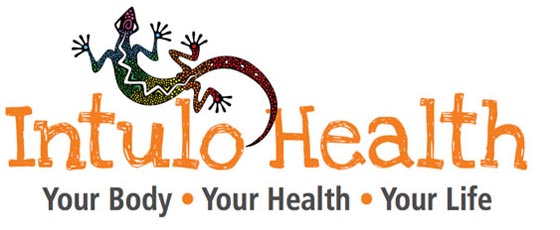Lower Back Pain and why PSOAS muscles could be the cause? PSO what?
Everyone’s always talking about CORE fitness and there is no muscle more core than the Psoas muscle (pronounced so-as). If we think of how our bodies have been designed since our primitive days, we are designed to walk, run, jump and squat ... we are NOT designed to sit for long periods of time ... fast forward 500 years and most of us spend a large part of day in a seated position ... whether sat at a desk, behind the wheel of a car or in front of the television? OR all three in one day and perhaps take an hour or two of the day to do extreme exercise within a gym environment or playing a sport... so how does this impact on your body and what is the long term effects and why are we talking about that SO – AS muscle again??
The Psoas muscle is one of the largest and thickest stabilising muscles and it originates from just below the ribs all along the lower spine area and attaches onto the inside of the leg (femur bone), and is responsible for hip and thigh flexion (bringing your knee up to waist level) and moving your torso side to side .. when you’re sitting for a prolonged period of time , your Psoas is in a shortened position. A lordotic posture brings your lower back forward and therefore causes lower back pain.
Why does it cause lower back pain? 
- If it is tight and in a contracted state, your pelvis is effectively pulled forward which in turn shortens and weakens the hamstrings which are attached to the bottom of the pelvis...
- The pressure exerted by the Psoas whilst in a contracted state can compress the joints and the lumbar discs of the vertebrae of the spine. This pressure causes degeneration and will make them more susceptible to injury...
- A shortened psoas on one side will pull the spine or pelvis to that side, leading to many painful problems including scoliosis...
- A tight Psoas will stop your gluteal muscles (backside) from firing and activating normally, and the gluteal muscles are another large stabilising muscle in the body so because the two muscles are opposing ... if one is out of balance ... the other weakens ... and vice versa...
Tips to avoid a Tight Psoas:
- Postural corrections..The best sitting posture is one that always changes ...
- Sit back in your chair ..This will stop you from leaning forward as much and thus shortening the muscle even further ...
- Don’t hook your feet under your chair ...Set your feet flat on the floor or on a raise if you’re a shortie ..
- Stand up when performing exercises ... you sit all day and keep your Psoas shortened .. do the opposite in the gym..
- Stop sleeping on your stomach..
- MOVE MORE!
 Tips to loosen off a tight Psoas:
Tips to loosen off a tight Psoas:
If you do suffer from lower back pain and you suspect a tight Psoas , relax (maybe your Psoas will follow the lead), read the next tips, and get cracking ...
- Stretch .. Add Psoas and Hip Flexor stretches to your exercise routine every day ..and if you’re not exercising then start a stretch routine on a daily basis, perhaps every night before you go to bed ..
- Release.. The most effective way to release this muscle is through a Deep Tissue Massage Therapist ..but you can do it yourself using a tennis ball. This massage technique releases the Psoas through an active range of movement..
- Lay on the ball about 1-2 inches outside your belly button...
- You’ll feel your Psoas respond as you lower yourself. It will hurt a little ...
- Arch your back; come up onto your elbows. This will result in a more forceful stretch and release on your Psoas
- Activate... Activate the Glutes .. i.e. strengthen the Gluteal Muscles!!
If you think this article applies to you then please do not hesitate to contact Amanda on 07789 810752 ... For a FREE 20 minute assessment


